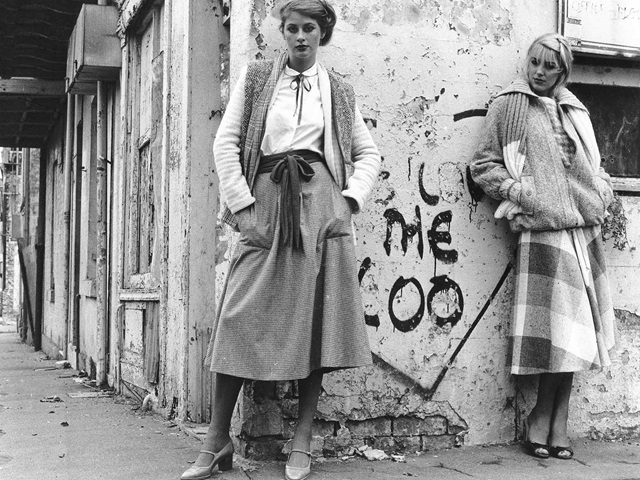History of Lang Park
The park is situated on Church Hill and named after Dr John Dunmore Lang who arrived in Sydney in 1823, the first ordained minister of the Presbyterian Church.

Lang Park is bounded by York, Grosvenor and Lang streets, Sydney.
The hill on which Lang Park is situated was bounded by Anglican, Catholic and Presbyterian churches and thus became known as Church Hill. The first of the churches was the original St Phillip’s Anglican Church which occupied a portion of what is now Lang Park.

Even before the church it was the site of the colony’s clock tower built in 1797 while the church was commenced in 1798 and named to honour the colony’s first Governor Arthur Phillip. The church was completed in 1810 and survived until 1856 at which time the new St Phillip’s on the opposite side of York Street took its place. The Scots Church opened in 1826 to the south and was demolished in 1926 due to work on the Harbour Bridge approach roads. It was replaced by a new 5-storey building in 1929. In 2005 it was converted to Portico Apartments with the addition of a 22-storey tower building. To the north St Patrick’s Church was begun in 1840 as Sydney’s second Catholic church and completed in 1844.
The old St Phillip’s church site appears to have remained vacant for the rest of the 19th century. It may have been grassed but there is no evidence for paths or plantings of any kind. The earliest form of park development occurred during the early years of the 20th century possibly associated with the construction of an electricity substation in 1904. The substation was removed in 1931 and other improvements and additions followed including a men’s convenience, or rest room, in 1942. In 1975 the site was listed by the National Trust.
The park is named after Dr John Dunmore Lang who arrived in Sydney in 1823, the first ordained minister of the Presbyterian Church. He remained minister for 52 years until his death in 1878 and built the first Scots Church opposite. He was one of the most outspoken men in Australian public life. He edited a newspaper, the 'Colonist', wrote many pamphlets, was elected a member of Parliament, was constantly active in encouraging the immigration of Scottish and German artisans and farmers to Australia, took a leading part in effecting the separation of Victoria and Queensland from NSW, and persistently advocated for Australian independence from Britain.
St Phillip’s Church plaque
Marble tablet on plinth installed by the Royal Australian Historical Society in 1942 to mark the site of the church named after Governor Phillip which stood here from 1798 to 1856.
First Methodist church plaque
Brass plaque installed to commemorate the establishment of the Methodist Church in Australia as a result of a meeting held on 6 March 1812 in the vicinity.
Gas light
Installed in 1966 to commemorate the 125th anniversary of first gas lighting in Sydney. The base and column were manufactured in England in 1827.
Nolan Fountain
Patrick Nolan was a grocer in nearby Princes Street, Grosvenor Square for many years. He was an alderman for Gipps Ward from 1900 until his sudden death in 1904 at the age of 42.
Further reading
EDAW with City Projects, 'Lang Park Return Brief', 1997.



